The job interview is dead! Long live the job interview
10 May 2019

As the face-to-face job interview nears its 100th birthday, Talentful’s co-founders Chris Abbass and Phil Blaydes explain why it’s still the best way to build a team
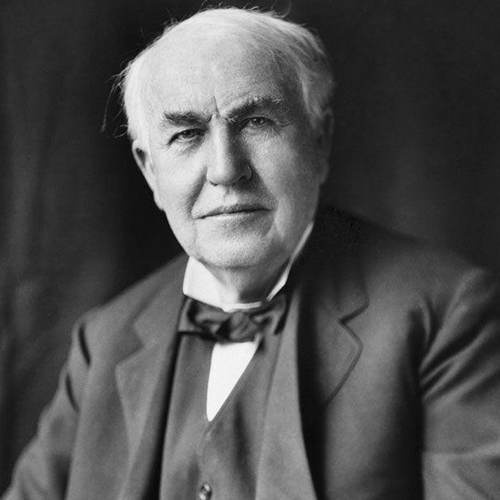
There are very few jobs that require two people, usually strangers, to sit opposite each other while one of them talks about themselves and their past achievements.
Yet, this is the way the majority of the world’s businesses, from local shops to tech unicorns, select and build their teams. It doesn’t matter if the role in question is stacking shelves or writing complex code, a job interview staunchly remains our key means of assessing and sourcing talent.
It’s been that way since the early 1920s when American inventor Thomas Edison, tired of hiring (mostly on academic achievements alone) and frequently firing workers, devised a series of questions — 150 to be exact — to sort the talented wheat from the ineffectual chaff.
If you couldn’t answer, ‘Of what is brass made?’ or ‘Who was Francis Marion?’ chances are you wouldn’t be making light bulbs anytime soon.
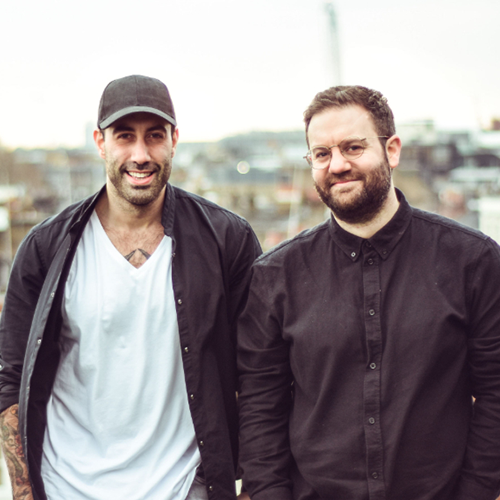
The job interview has changed (for the better)
“The good news is, interviews are a lot more fit for purpose now than they were 20 years ago, or even further back,” says Phil. “I think it’s only going to improve because people are much more sensitive to different personality types and how teams might fit together.”
“Face-to-face interviews are still very much relevant,” agrees Chris. “As long as you have a defined structure and a clear idea of the skills you want, then you should be able to assess people against that and make a sensible decision if they can perform in the long term.”
Easier said than done though, so we asked Phil and Chris to provide some guiding principles for effective job interviews and building successful teams in the process.
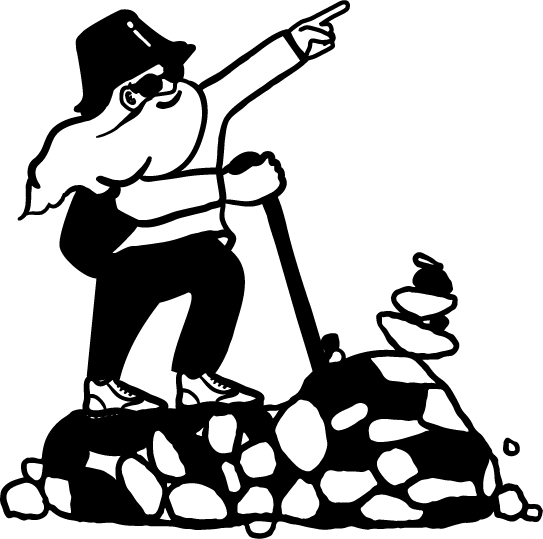
- Keep the abstract questions for jobs that require abstract thinking
“There’s definitely a place for questions like, ‘How many tennis balls can you fit in a Ford Fiesta?’” says Phil. “That may seem abstract, but if your job requires abstract thinking, complex problem solving and applying logic to different challenges, it can be very useful.”
“What’s important to remember is there’s no right or wrong answers with these questions,” says Chris. “It’s more about how you approach and handle the challenge.”
But what makes sense for a software engineer role at Google might not be right for a sales job at a start-up…

- Just because Amazon or Google do it, doesn’t necessarily mean you should too
“A lot of people fall into the trap of thinking that because Google has a six-interview process then that’s what they should be doing,” says Phil. “They don’t really assess if it’s relevant to them or their business.
“Interviewers should always start by asking themselves, ‘What’s the job?’ Identify the three most important things this person needs to be awesome at, figure out how you’re going to assess those things and build the interview process around that.”
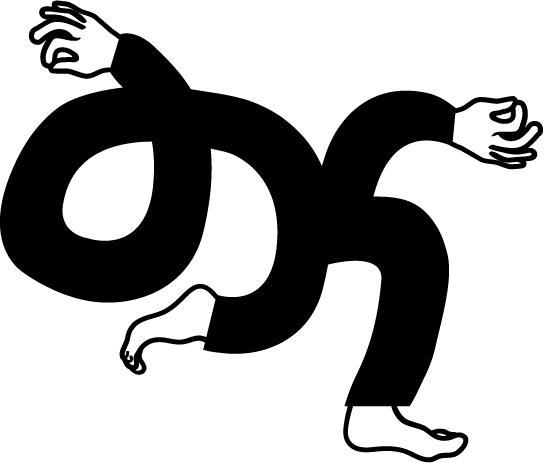
- Don’t always seek perfection
“Too many companies still interview to fail,” says Chris. “It doesn’t matter if the person has most of the skills required, they try to trick candidates into giving the wrong answer.”
“Humans are not perfect,” adds Phil. “If someone is 95% there, you shouldn’t fail them when you can easily train them for that extra 5%. Sometimes the imperfection of a team can be the beauty of it. It can provide a wider viewpoint on how to actually solve a problem.”

- There’s nothing wrong with shaky hands
In the past, companies may have favoured the most confident, dry-palmed of candidates, ones who could play a game of Operation without a single buzz. Thankfully, that’s changing.
“I hate it when people judge candidates on nerves,” says Chris. “If you’re interviewing for a sales position where you have to pitch every day, it’s relevant, but it’s rarely representative of someone’s ability to perform long term in most roles.”
“And often, people who want the job the most will be the most nervous,” says Phil.

- Avoid unconscious bias with set interview procedures
“The days of just going into an interview and chatting are definitely over,” says Chris. “You need a set procedure, set questions — every candidate should go through the same experience. That’s the best way to reduce, if not eliminate, bias.
“Not having a finite idea of what you think is great is also a good place to start. We see a lot of companies who only want people from a certain university or with a particular degree. That’s how they quantify a good candidate, and it’s not the most effective way to grow a business.”
According to Phil, there should be no chatting afterwards — not until you’ve all marked up the candidates separately. “If everyone gives the candidate a score independently, you’re much more likely to give an honest view and not be influenced by any kind of groupthink on the team, or what the boss has to say.”
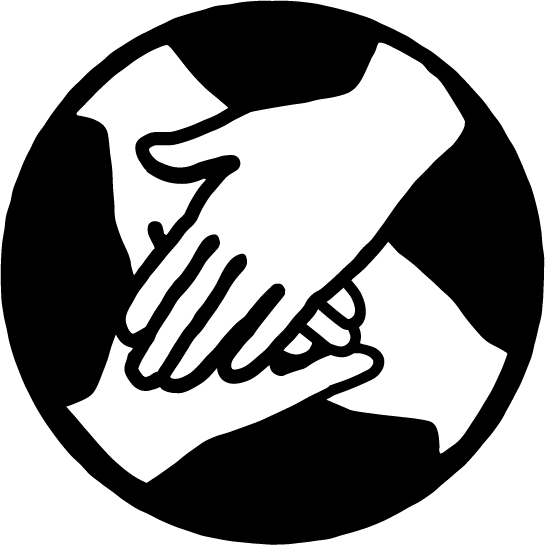
- Remember it’s a two-way process
A glass of water on arrival, a tour of the canteen, a nice comfy chair… Candidates should be treated with respect, not subjected to a full-scale grilling.
“People forget that an interview is a two-way process, and increasingly so in a competitive market,” says Chris. “It’s an opportunity to sell the business and the job to the person.”
“Your interview process is a strong indication of what it’s like to work in a company,” adds Phil. “Historically, an interview involved giving the candidate a hard time and putting them under pressure. That’s really changed.”




